In a paper published in nature on May 4, 2022, a research team of Argonne National Laboratory under the U.S. Department of energy (DOE) announced that it had created a novel quantum bit platform By cooling the neon gas to a very low solid state and spraying electrons from the bulb filament onto the solid, an electron can be captured there. Scientists hope that this technology can provide theoretical support for new quantum bit computers in the future.
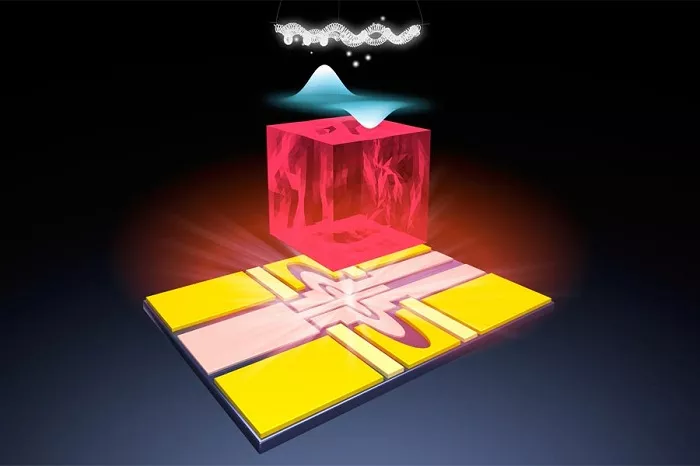
(from Argonne National Laboratory)
Dafei Jin, a scientist at the Argonne nanomaterials center, said they seem to have found an ideal form of qubits. Due to the relatively simple structure of neon electronic platform, this technology may help to greatly reduce the manufacturing cost.
As a reference, although many companies and research institutions have various types of quantum computers, we still have a long way to go from practical application because of the extremely strict quality requirements of quantum bits.
As for what high-quality characteristics an ideal qubit should have, Dafei Jin proposed three dimensions.
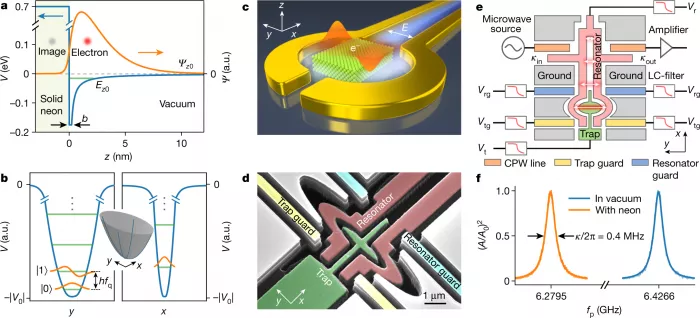
Figure 1: QED architecture and device design of solid neon single electron circuit
First, an ideal qubit should be able to maintain the superposition state of "0" and "1" for a long time (about one second).
Secondly, it should be able to change from one state to another in a short time (ideally about 1 nanosecond).
Third, qubits should be able to easily connect with other qubits (what scientists call "entanglement") to achieve the purpose of parallel work.

Figure 2: strong coupling and Vacuum Rabi splitting between single microwave photons in superconducting resonators
Although the progress so far has not been very smooth, technology giants such as IBM, Intel, Google and Honeywell and many start-ups have plunged into the field of quantum research in order to promote technological improvement and commercial application as soon as possible.
However, Dafei Jin said that they did not want to compete with the above enterprises, but found and built a new set of quantum bit system, which has the excellent characteristics of becoming an ideal platform.
At present, many types of qubits are known to be available, and the research team wisely chose the simplest "single electron" Scheme - the simple filament in the toy, which can easily emit unlimited electrons.
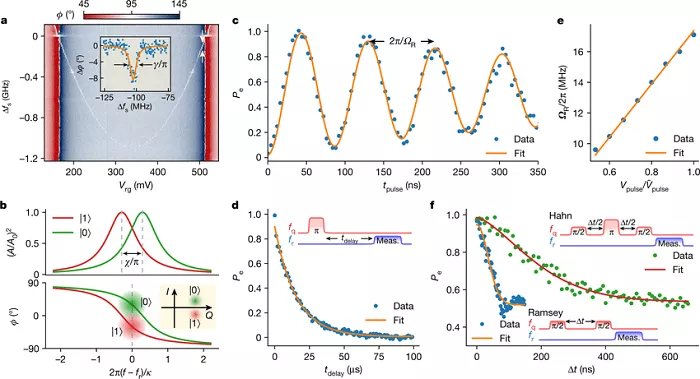
Fig. 3: spectroscopic and time domain characterization of single electron qubits on solid neon
It should be pointed out that any type of qubit (including electronic scheme) is facing the challenge of being easily disturbed by the surrounding environment. To this end, Argonne's research team chose to capture electrons on the surface of ultrapure solid neon in vacuum.
Dafei Jin explained: "as one of the few inert gas elements that do not react with other elements, we can use this property of solid neon to carry and protect any qubit from destruction".
A key component of the qubit platform demonstrated by the team is the chip level microwave resonator (microwave oven) superconductor made of superconductors. After putting aside the concerns of resistance, the energy or information loss of light / electron can also be minimized.
Neon ice shows promise as a new qubit platform - Washington University(via)
Kater Murch, senior co-author of the paper and professor of physics at Washington University in St. Louis, said:
The importance of microwave resonators is that they provide a key method to read the state of qubits.
It focuses on the interaction between qubits and microwave signals, so that we can judge the working condition of qubits through measurement.

Extended Figure 2 - demonstration device and electronic source photos
Xiangjin Zhou, a postdoctoral researcher of Argonne, added:
With the help of this platform, we have realized the strong coupling between single electron in near vacuum environment and single microwave photon in resonator for the first time.
This opens up the possibility of using microwave photons to control each electronic qubit and connect many of them to quantum processors.
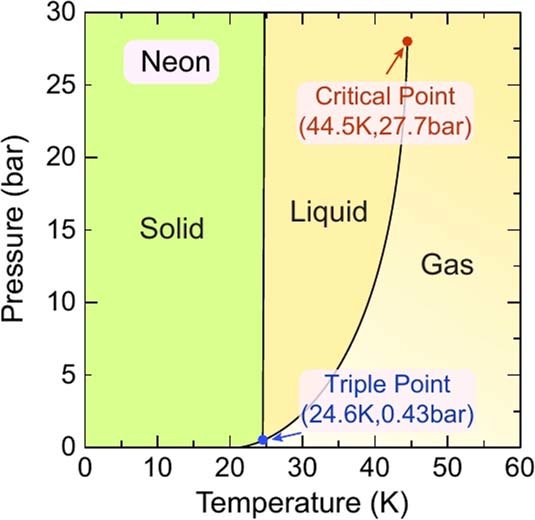
Extended Figure 2 - Neon phase diagram
David Schuster, senior co-author of the study and professor of physics at the University of Chicago, also said that even 20 years later, the performance of its new quantum bit platform can still be on an equal footing with its competitors.
Specifically, the team used a scientific instrument for testing called a dilution refrigerator, which can be as low as 10 millidegrees above absolute zero.
It is worth mentioning that the device is also one of the many advantageous quantum research equipment of Argonne nano materials center under the science office of the U.S. Department of energy.

Extended Figure 4 - time evolution of transmission amplitude observed during electron generation and deposition
On this basis, Argonne's team of scientists conducted real-time operation on the new electronic qubit and deeply studied its quantum characterization.
The results show that solid neon provides a fairly robust environment with very low electrical noise interference for electrons.
More importantly, the quantum state coherence time of the new qubit can also be comparable to the current most advanced competitive platform.

Extended Figure 5 - coupling of single electron with microwave photons
Details of the study have been published in the recently published nature( https://www.nature.com/articles/s41586-022-04539-x ) ) In the journal, the original title was "single electrons on solid neon as a solid state qubit platform".
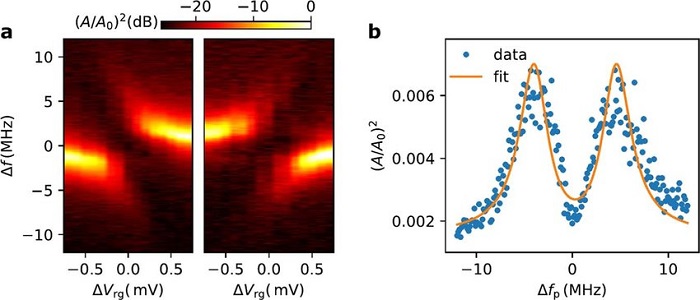
Extended Figure 6 - Vacuum Rabi splitting between a single electron and a microwave photon

Extended Figure 7 - Two Tone qubit spectral measurement with high pump power / frequency near the resonator frequency
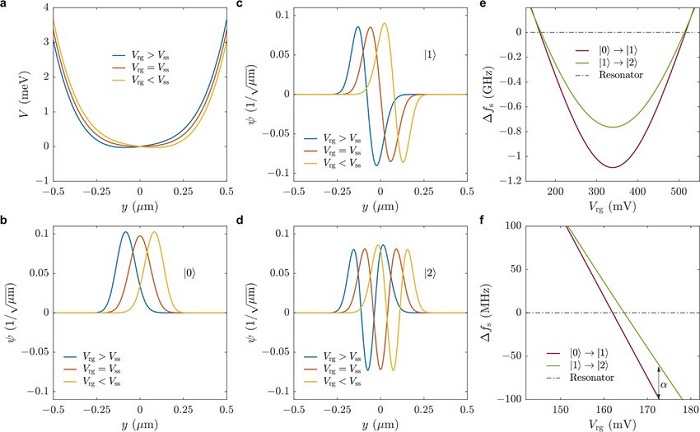
Extended figure - 8: electronic qubit properties calculated based on the minimum model including linear asymmetry / quartic anharmonicity